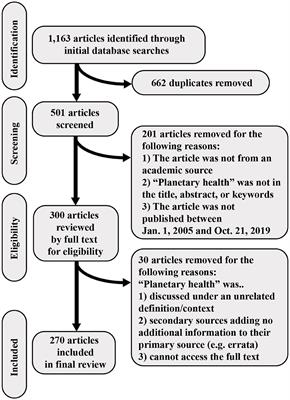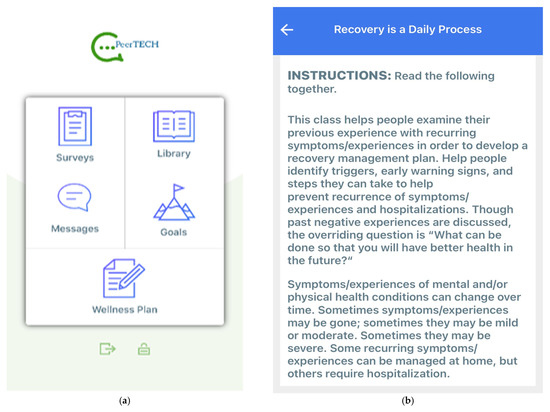

as with double anonymized review there is still a possibility for the editor and/or reviewers to correctly divine the author’s identity from their style, subject matter, citation patterns or a number of other methodologies. the complexities involved with anonymizing articles/authors to this level are considerable. Articles are anonymized at the submission stage and are handled in such a way to minimize any potential bias towards the author(s). With triple anonymized review, reviewers are anonymous and the author's identity is unknown to both the reviewers and the editor. More information for authors can be found in our double-anonymized peer review guidelines. Articles written by prestigious or renowned authors are considered on the basis of the content of their papers, rather than their reputation.īut bear in mind that despite the above, reviewers can often identify the author through their writing style, subject matter or self-citation – it is exceedingly difficult to guarantee total author anonymity. Author anonymity limits reviewer bias, for example based on an author's gender, country of origin, academic status or previous publication history. Some advantages of this model are listed below. Reviewers may use their anonymity as justification for being unnecessarily critical or harsh when commenting on the authors’ work.īoth the reviewer and the author are anonymous in this model. Authors may be concerned that reviewers in their field could delay publication, giving the reviewers a chance to publish first. Reviewer anonymity allows for impartial decisions – the reviewers should not be influenced by the authors. Points to consider regarding single anonymizedreview include: This is the traditional method of reviewing and is the most common type by far. In this type of review, the names of the reviewers are hidden from the author. In case of questions regarding the peer review model employed by the journal for which you have been invited to review, consult the journal’s homepage or contact the editorial office directly. 
Often one type of review will be preferred by a subject community but there is an increasing call towards more transparency around the peer review process. Each system has its own advantages and disadvantages. Peer review comes in different flavours: you must therefore check which variant is employed by the journal on which you are working so you’re aware of the respective rules.
#WHAT IS AN ENDNOTE PEER REVIEW FREE#
To learn more about peer review, visit Elsevier’s free e-learning platform Researcher Academy.

Furthermore, a 2015 survey by the Publishing Research Consortium, saw 82 percent of researchers agreeing that “without peer review there is no control in scientific communication.” This opinion was endorsed by the outcome of a survey Elsevier and Sense About Science conducted in 2009 and has since been further confirmed by other publisher and scholarly organization surveys.

The Philosophical Transactions of the Royal Society is thought to be the first journal to formalize the peer review process under the editorship of Henry Oldenburg (1618- 1677).ĭespite many criticisms about the integrity of peer review, the majority of the research community still believes peer review is the best form of scientific evaluation. Peer review has been a formal part of scientific communication since the first scientific journals appeared more than 300 years ago. Elsevier relies on the peer review process to uphold the quality and validity of individual articles and the journals that publish them.








 0 kommentar(er)
0 kommentar(er)
